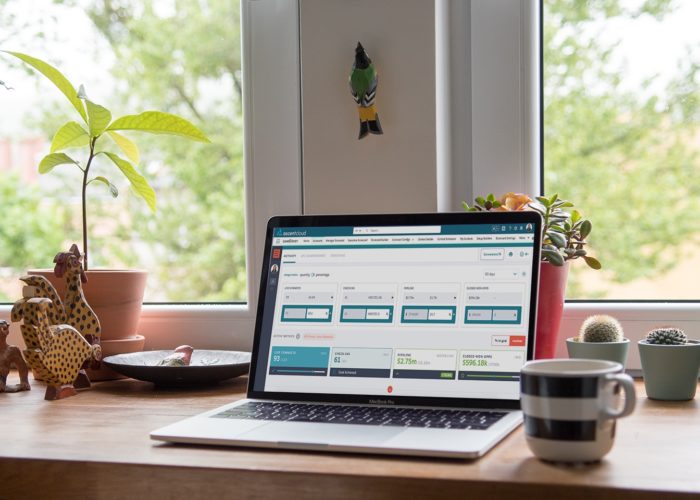 When it comes to exploring sales gamification, I get the same questions all of the time…
When it comes to exploring sales gamification, I get the same questions all of the time…
- Will my sales team adopt and be moved by this strategy?
- Do you see burnout or loss of interest?
- How do I keep things fresh?
- What is the best way to motivate my team?
- We have limited IT resources — will my Salesforce Admin have time to manage this?
These are all valid questions, but I think they come from confusion and unnecessary complications. And I get it. The word “sales gamification” alone is enough to make most people go: “Huh?”
The key is to not overcomplicate. After all, gamification is not a revolutionary new idea; sales contests have been around forever.
Here are four simple keys for success:
1. Design carefully.
-
Follow the “KISS” (Keep It Simple, Stupid) principle. If you overcomplicate contests, you lose engagement.
-
Mix it up with 1 hour “bursts” while also running monthly/quarterly contests.
-
Make recognition part of the plan. Recognize participants during and after competitions to drive results (use tools like badging, Salesforce’s Chatter and email updates).
2. Align properly.
-
How connected is your Salesforce Admin/Sales Operations person to your business? Odds are they have a lot more on their plate and have very little insight as to what is impactful for the sales side of the business.
-
Align your gamification initiative with the people who truly understand the team you’re using it to motivate: Sales leaders!
-
On a micro level – Sales managers should create competitions based off of behaviors that their team is behind on (Ex: weak pipeline = contests around getting more meetings).
-
On a macro level – Company leadership should also consider setting up division/company-wide incentives to track, and give recognition to, monthly/quarterly/annual performers across departments.
-
3. Figure out KPI’s.
-
None of this is possible if you haven’t established drivers for your business. To understand your drivers, ask questions like:
-
If my team can make x more dials what will it mean?
-
If we pitch product x 20% more than we are now what is our return?
-
How accurate is my pipeline? What will it mean to move bad opportunities out and focus on the good ones?
-
How much is time worth, and what could we focus on more to drive revenue?
-
-
Common drivers typically include dials, meetings set, products pitched, follow-ups, case closure rates and quality data entry, among many others.
4. Have a goal.
-
Like anything else in life, deploying a sales gamification strategy requires a goal to be successful.
-
Set realistic expectations and figure out exactly how gamification fits into your business to have a positive impact.
Sales gamification is here to stay and can be an incredibly impactful way to increase revenue if done properly. Follow these four easy steps, while working closely with your gamification provider, to stay in the game!



